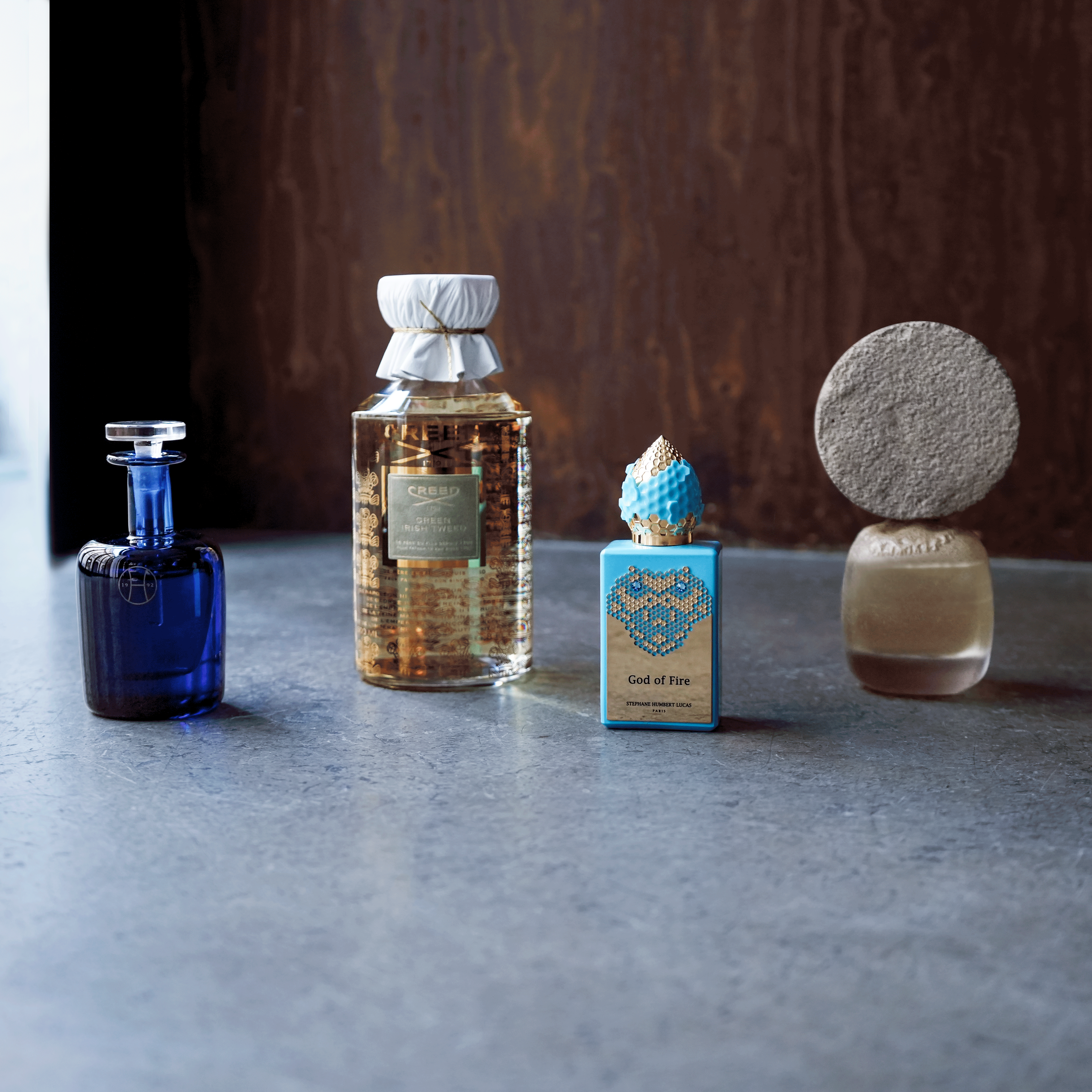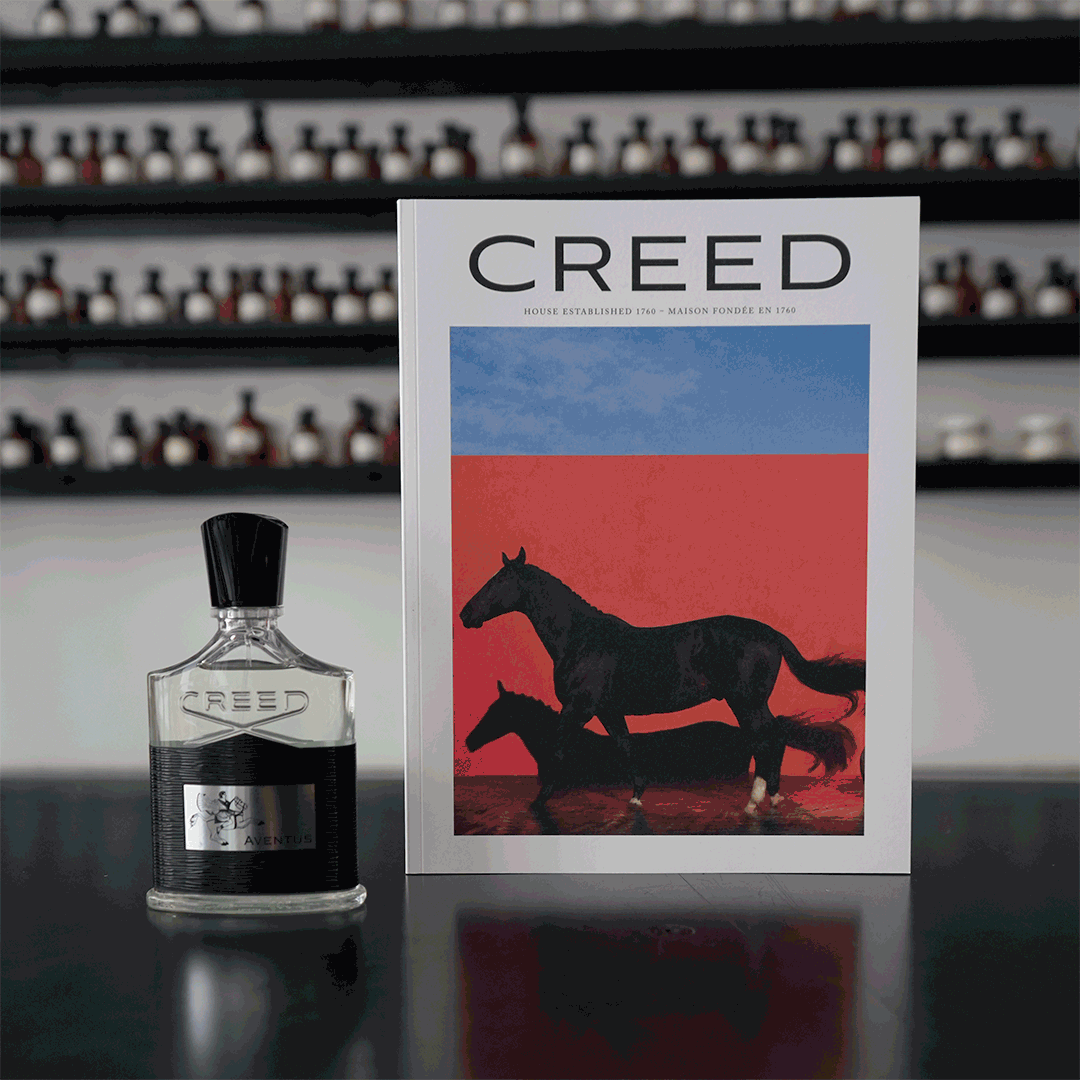
the largest multi-brand beauty store in France
+800 fragrances from +80 brands including :
recommended in more +60 city guide
You have a question? Please consult the Frequent Asqued Questions (FAQ).
If you don't find your answer, please contact us:
by email: info@noseparis.com
by phone: +33 1 86 47 72 76
Nose ship perfume by international airfreight and by La Poste for the services Colissimo Expert and Chronopost Classic to more than 75 countries.
To know more, please consult the Frequent Asked Questions (FAQ)
To know more about returns and refunds, please consult Terms and Conditions of Sales, section 6 Right to and period of withdrawal.
Nose proposes an olfactive diagnosis where 5 perfumes will be proposed among a list of 500 curated ones.
Do the diagnosisNose proposes an olfactive diagnosis where 5 perfumes will be proposed among a list of 500 curated ones.
Do the diagnosisThe meeting point is at the Tuileries Gardens in Paris. You leave the terrace of a café, kissed by the hot sun and cradled by the light wind, cold enough to invigorate your skin but not enough to give you chills. You catch your bike and cross the boulevards, then enter the gardens: the contrast between the fresh air and the hot sunrays is enhanced by the scents of dry leaves, wet wood, oak moss, chestnut and cold tobacco ...
The "Indian summer" takes place after the first frosts of autumn and just before winter (end of October, in the northern hemisphere): the trade winds of the Tropics fix anticyclones bringing soft and dry air that provokes almost summer conditions. Metaphorically, the expression evokes an unexpected or late life renewal.
While the origin of this expression is mysterious, it goes back to the beginning of the 19th century. One hypothesis suggests that it is linked to the traditional period when Native Americans completed their harvests and stocked their wigwam ("huts") with provisions; according to another source, the expression would be related to the English sailors, who had noticed a resemblance between autumn time in Europe and the weather observed in India during the summer.
That’s how Alexandre Dumas senior describes the olfactory resemblance between the notes of autumn and those of spring:
"There is something about spring in the fall,
and the last smells of the year
sometimes look like its first emanations." (Pauline - 1838)
Discover below our fragrances evoking the scents of this period.

the largest multi-brand beauty store in France
+800 fragrances from +80 brands including :
recommended in more +60 city guide

+ 800 fragrances from +80 niche brands
but also home & cosmetics.
100% authentic products & official reseller

official French price for :
Creed, Maison Francis Kurkdjian, Kilian,
Marc Antoine Barrois…
VAT free for non European country

free express airplane delivery with DHL above
€167
all informations available here.

+200 gifts offered with purchase by over 50 brands!
Creed, Maison Francis Kurkdjian, Kilian, Diptyque,
Éditions de Parfums Frédéric Malle & much more
to discover here.